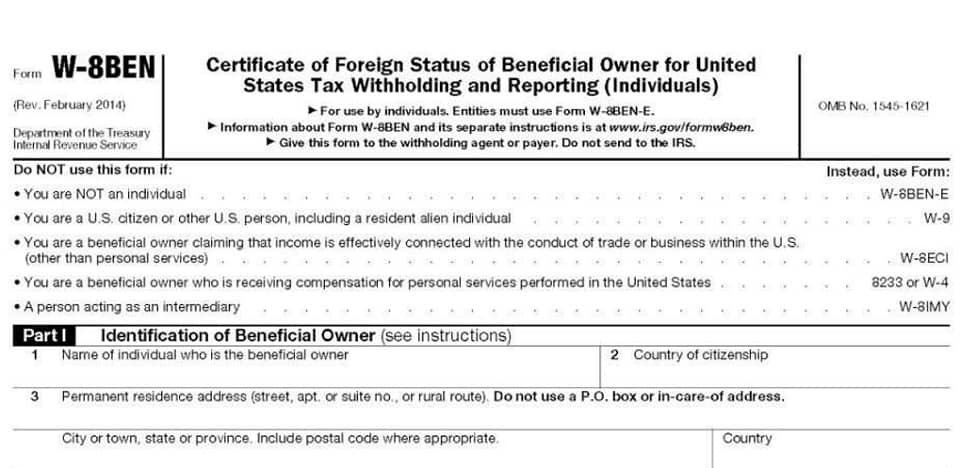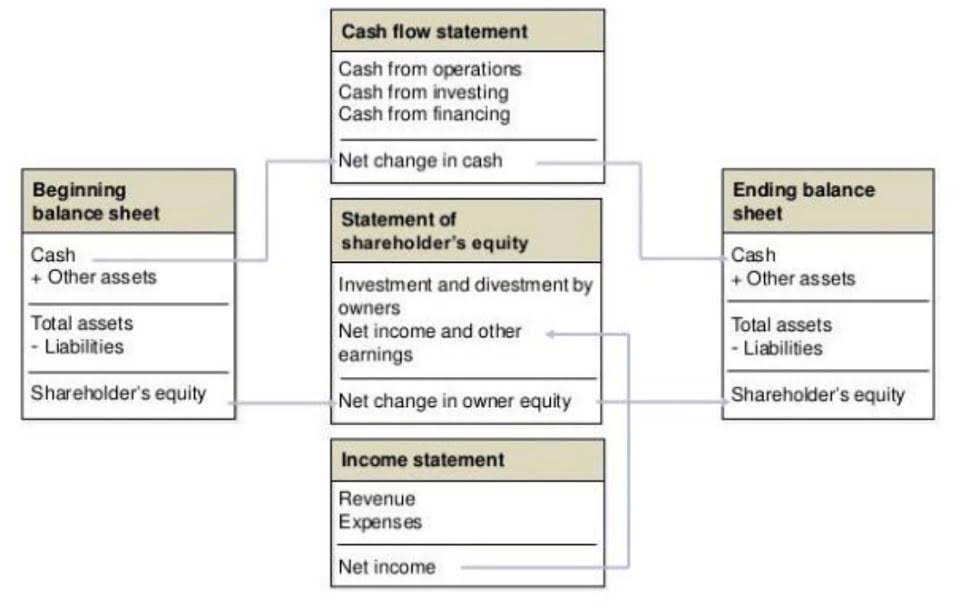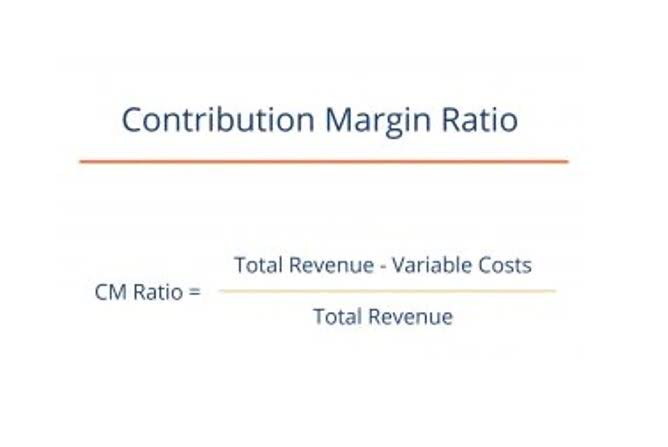
It mainly comprises direct expenses incurred in making the finished product or getting it to your customer. This method affects your financial statements and tax liabilities and influences how investors and creditors perceive your company’s financial health. By following FIFO, businesses can accurately track inventory costs, comply with regulatory requirements, and make informed financial decisions. In this blog post, we’ll explore the significance and how to find cogs using fifo practical applications of calculating gross profit using the FIFO method. We will offer step-by-step guidance to empower businesses in their financial analysis and strategic planning. The list may also include commission expense, since this cost usually varies with sales.
Unlock Turbo Warehouse Management with ShipBob’s WMS
Subtract the total quantity of units sold from your total purchased inventory quantity. The LIFO reserve is an account used to bridge the gap between the FIFO and LIFO methods of inventory valuation. The reserve helps to outline the many differences between the two methods and shows how each method would affect the company’s COGS (Cost of Goods Sold) in different situations. FIFO can lead to an improved inventory turnover rate, as it encourages the movement of older stock first. This reduces the likelihood of inventory sitting idle, tying up capital, and incurring holding costs.
- This approach can be advantageous for businesses with smaller inventories or those that do not require real-time inventory tracking.
- LIFO matches current costs against revenue, increasing COGS and reducing net income.
- In the end, FIFO is the better method to go with for giving accurate profit as it assumes older inventory to be sold first.
- FIFO can lead to an improved inventory turnover rate, as it encourages the movement of older stock first.
- When calculating using the perpetual systems, do not separate purchases and sales.
- As with FIFO, if the price to acquire the products in inventory fluctuates during the specific time period you are calculating COGS for, that has to be taken into account.
- Using FIFO could show the company’s natural profitability which if it may be high then it would attract the shareholders to invest in that company.
Accounting Jobs of the Future: How Staffing Agencies Can Help Land Them
While the gross margin is the standard metric used to analyze the direct costs of a company, the COGS margin is the inverse (i.e., one subtracted by gross margin). The gross profit helps determine the portion of revenue that can be used for operating expenses (OpEx) as well as non-operating expenses like interest expense and taxes. The cost of goods sold (COGS) is an accounting term used to describe the direct expenses incurred by a company while attempting to generate revenue. Cost of Goods Sold (COGS), otherwise known as the “cost of sales”, refers to the direct costs incurred by a company while selling its goods or services. Remember that under FIFO, periodic and perpetual inventory systems will always give you the same cost of goods sold and ending inventory. First, we add the number of inventory units purchased in the left column along with its unit cost.
Average Cost Method
The FIFO inventory method assumes that the oldest products in inventory are recorded as sold first. During inflationary periods, this often means that the cost of goods sold is lower compared to other methods like LIFO. The lower COGS flows directly into higher net income on the income statement. The FIFO (First In, First Out) inventory method can significantly influence key components of a company’s financial statements, especially the income statement and balance sheet. By tracking the flow of inventories, FIFO impacts important metrics like profitability and the valuation of assets. Under FIFO, the cost flow assumption is that oldest inventory items are sold first.

How to calculate mileage rate

The FIFO valuation method generally enables bookkeeping brands to log higher profits – and subsequently higher net income – because it uses a lower COGS. To calculate the value of ending inventory, a brand uses the cost of goods sold (COGS) of the oldest inventory, despite any recent changes in costs. When Susan first opened her pet supply store, she quickly discovered her vegan pumpkin dog treats were a huge hit and brought in favorable revenue. But when it was time to replenish inventory, her supplier had already increased their prices. Manufacturers benefit from FIFO by maintaining a consistent flow of raw materials and finished goods. This method helps in managing production schedules and reducing the risk of stockouts or excess inventory.

- That would leave 50 units from beginning inventory and 75 from the purchase on January 3rd.
- Calculating FIFO COGS requires identifying the oldest inventory, determining the per-unit cost, and calculating the total COGS.
- In this outline, we will unpack the specifics of the FIFO method to provide a comprehensive overview of its mechanics, financial statement impacts, and implementation best practices for accurate bookkeeping.
- The average cost is found by dividing the total cost of inventory by the total count of inventory.
- The beginning inventory is the total value of goods available at the start of the accounting period.
Throughout Year 1, the retailer purchases $10 million in additional inventory and fails to sell $5 million in inventory. Generally speaking, COGS will grow alongside revenue because theoretically, the more products and services sold, the more must be spent for production. Calculating the COGS of a law firm chart of accounts company is important because it measures the real cost of producing a product, as only the direct cost has been subtracted. As another industry-specific example, COGS for SaaS companies could include hosting fees and third-party APIs integrated directly into the selling process.